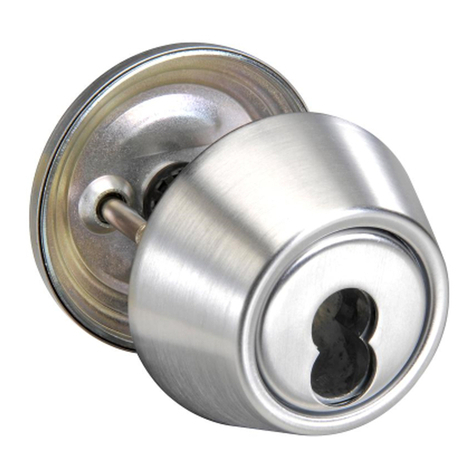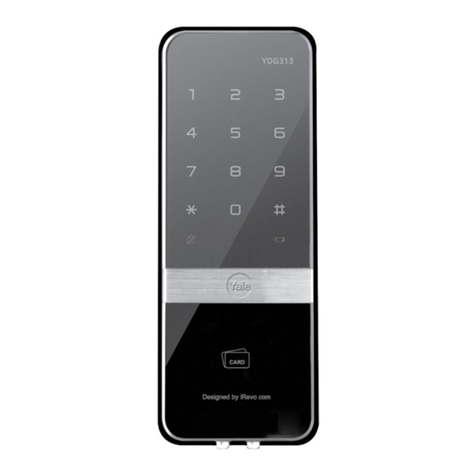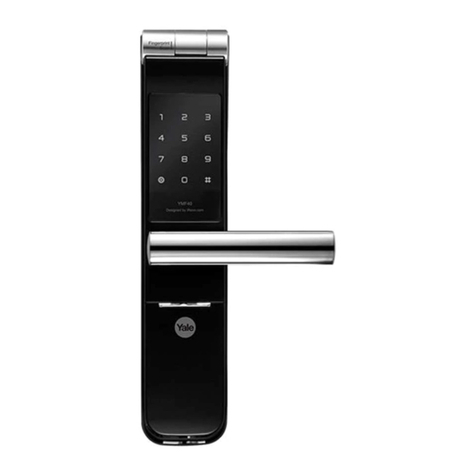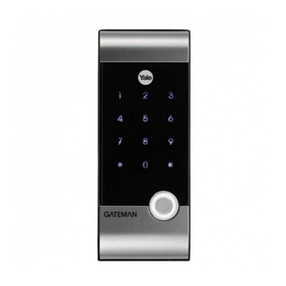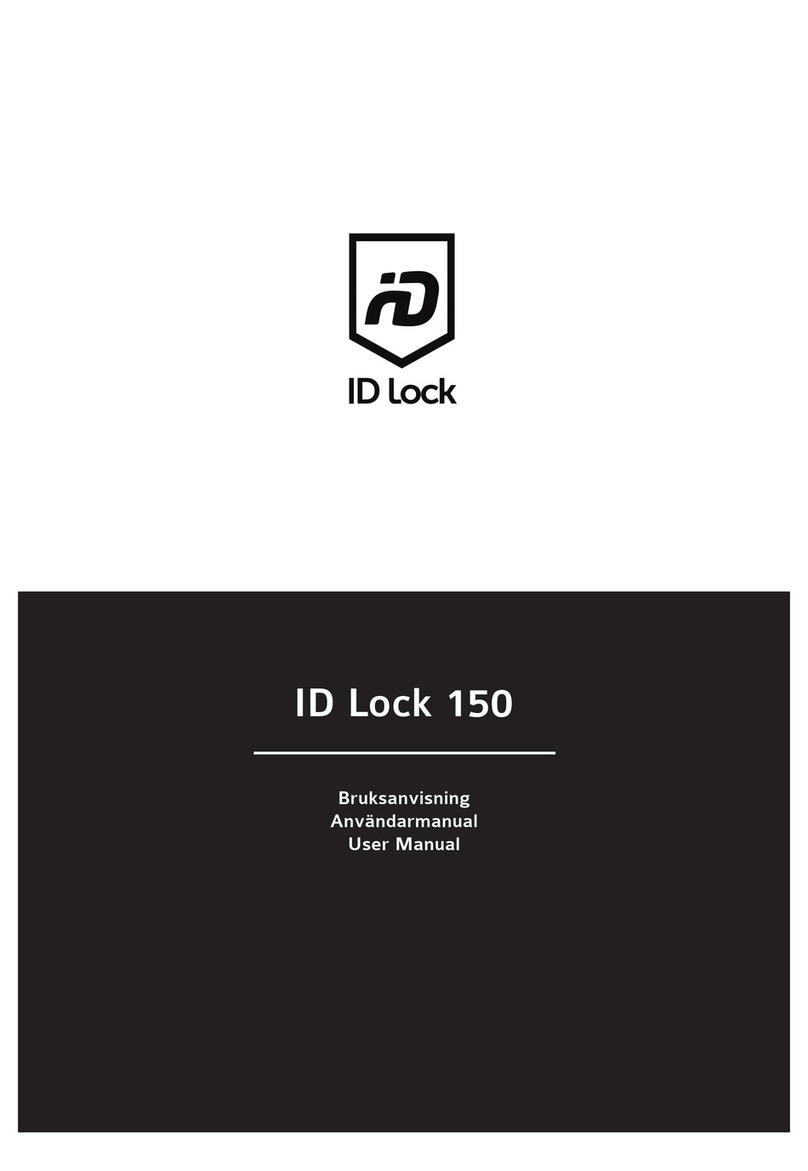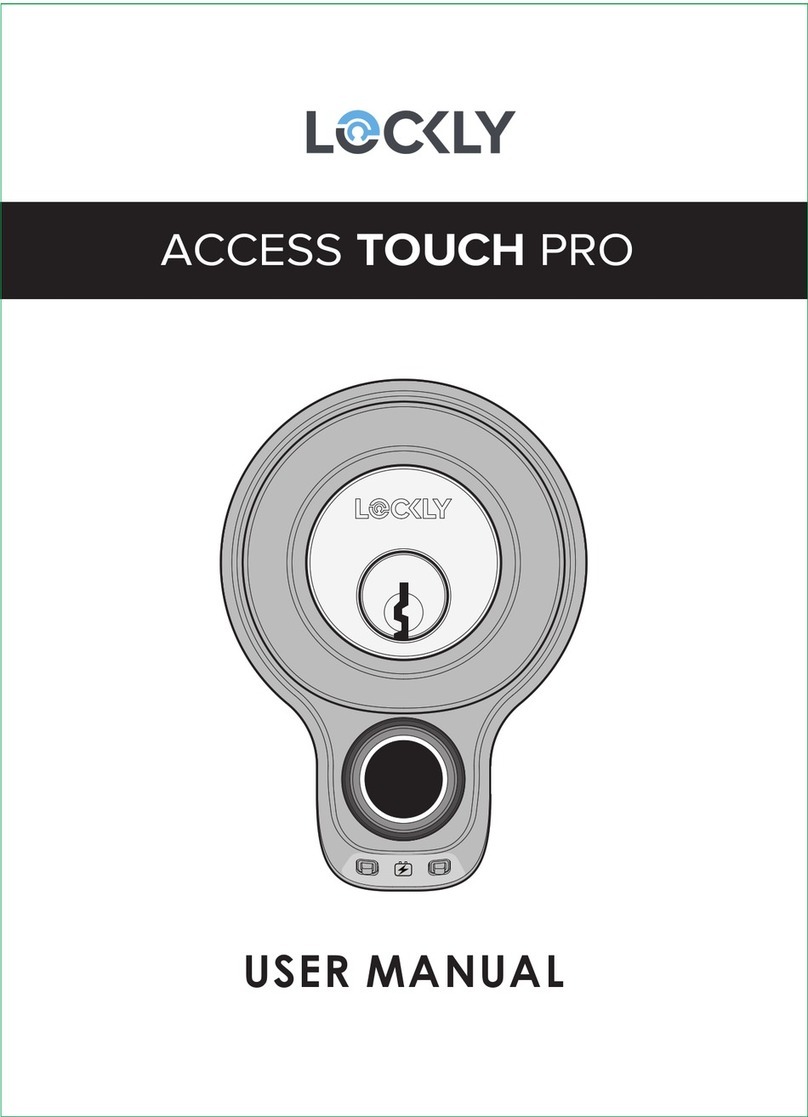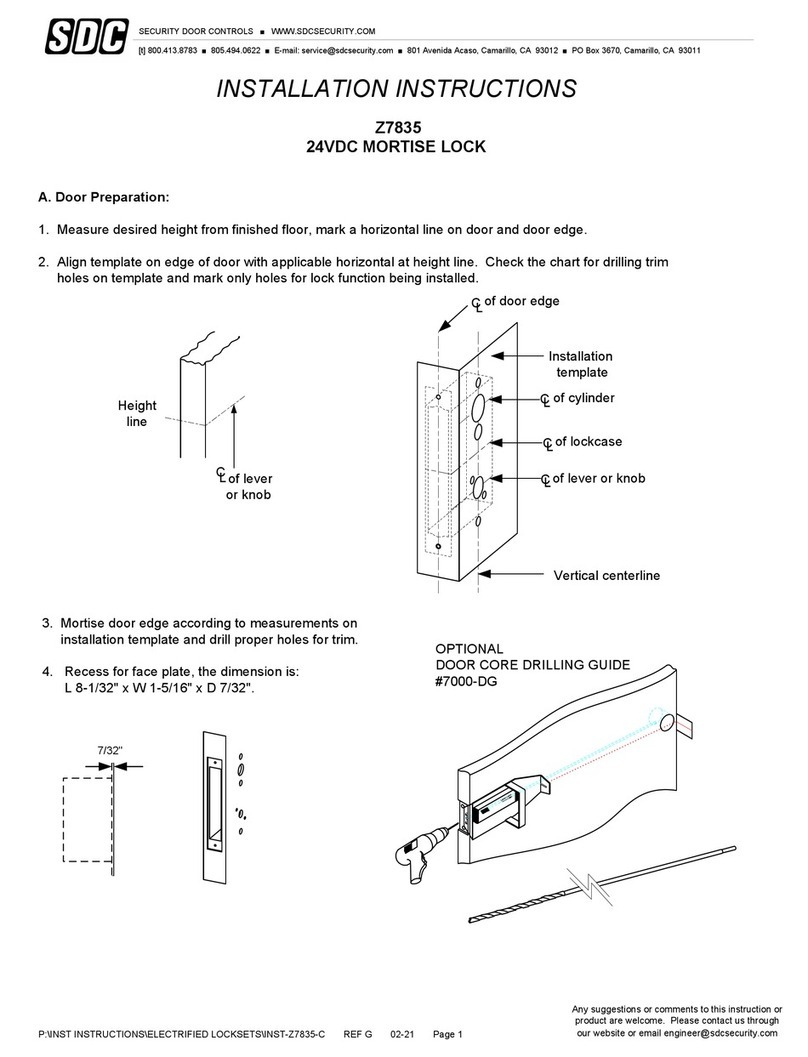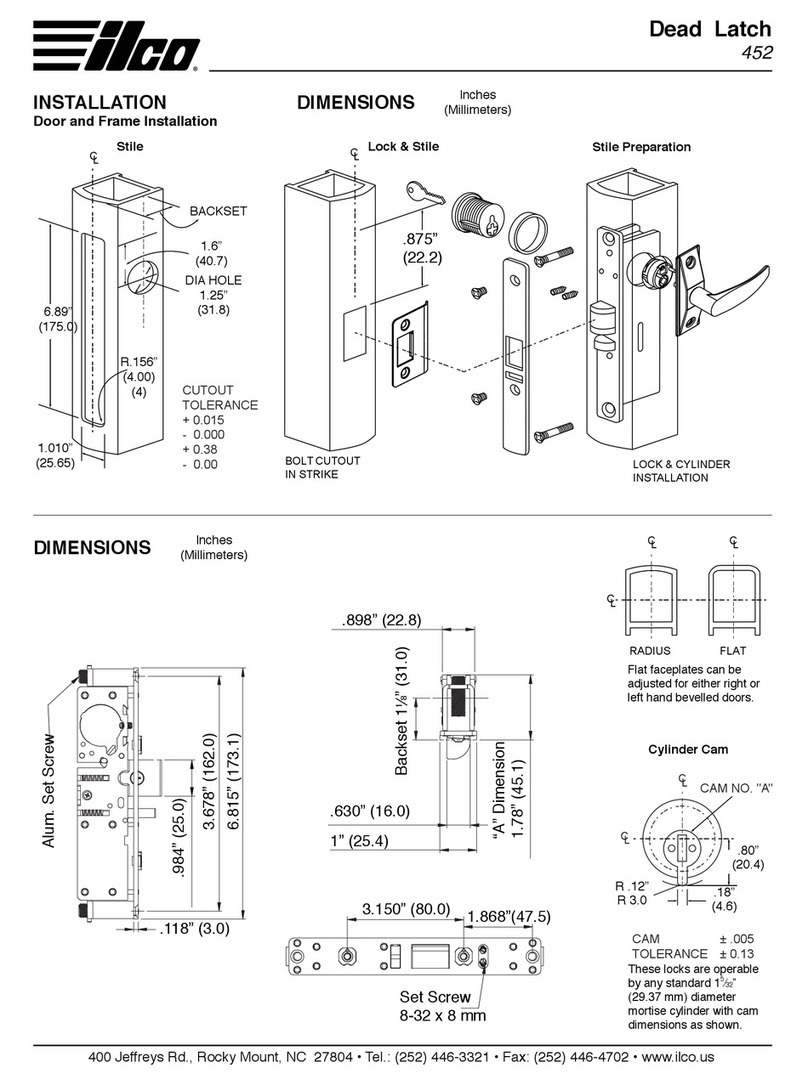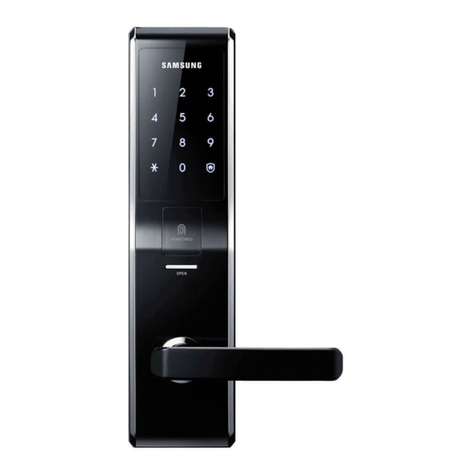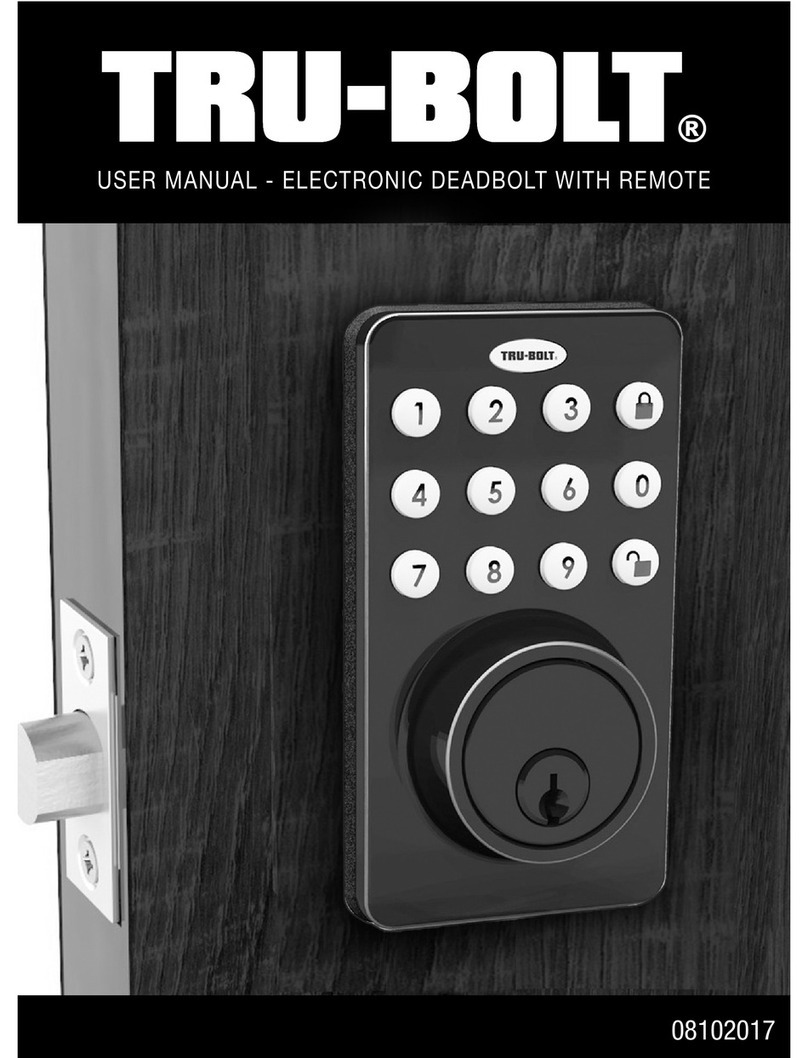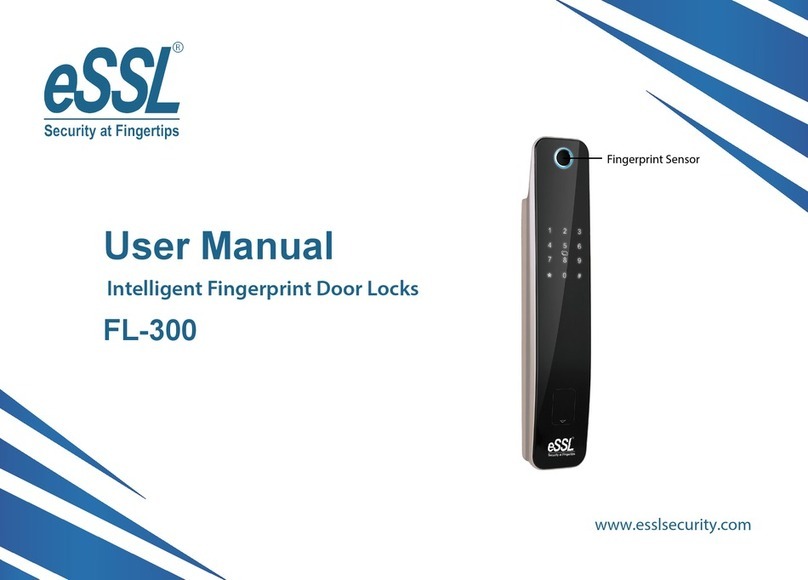Yale Doorman L3 User manual
Other Yale Door Lock manuals
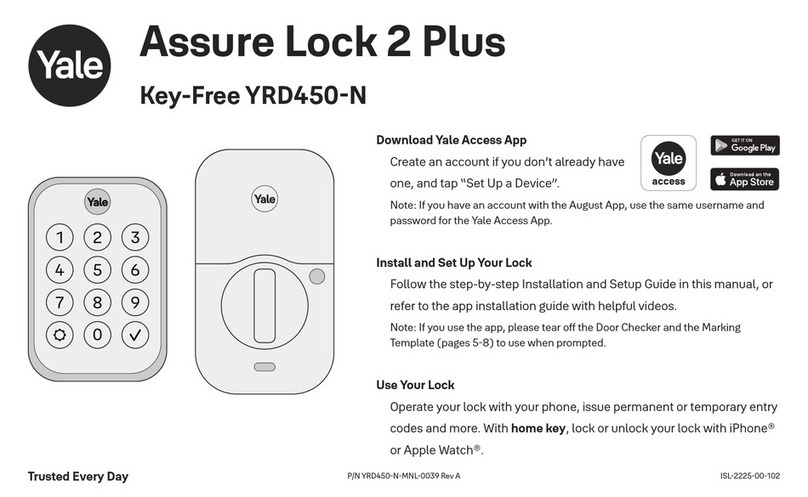
Yale
Yale Assure Lock 2 Plus User manual

Yale
Yale GATEMAN YDM 3109 User manual
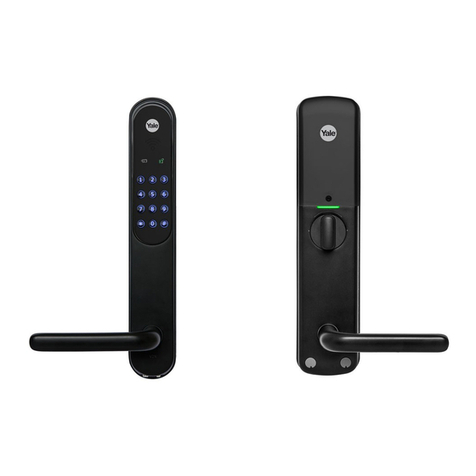
Yale
Yale Doorman User manual
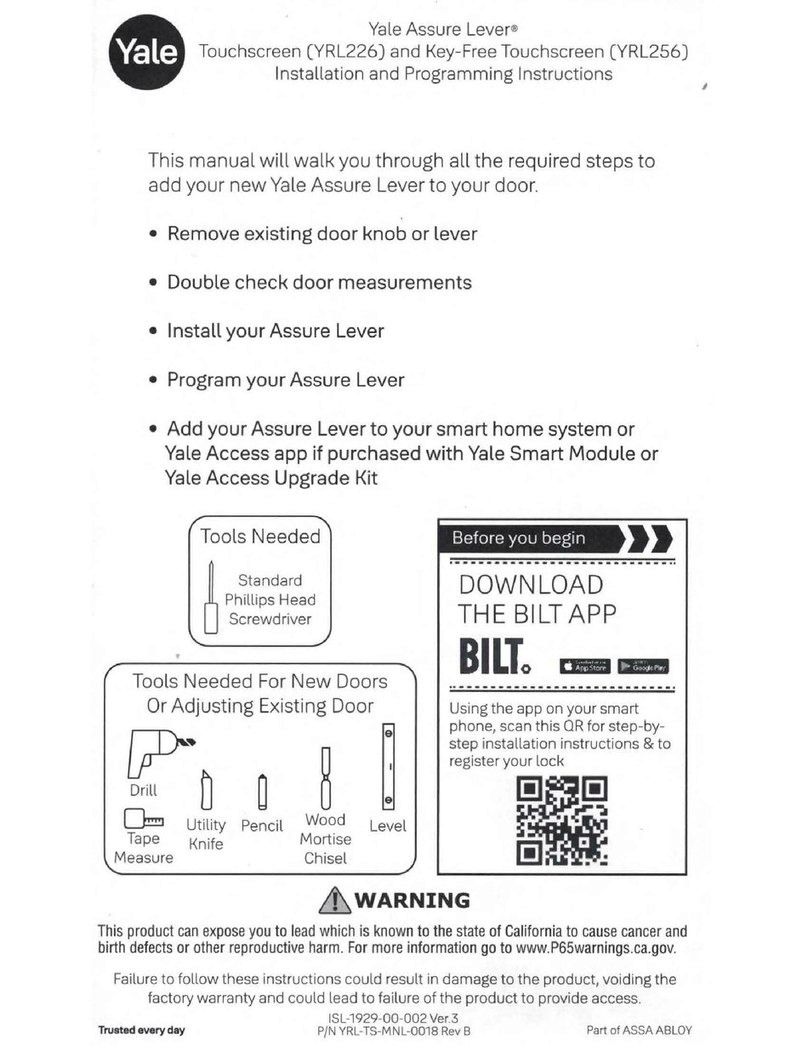
Yale
Yale Assure Lock Lever Touchscreen YRL226 User manual

Yale
Yale eBOSS E5400LN Series User manual
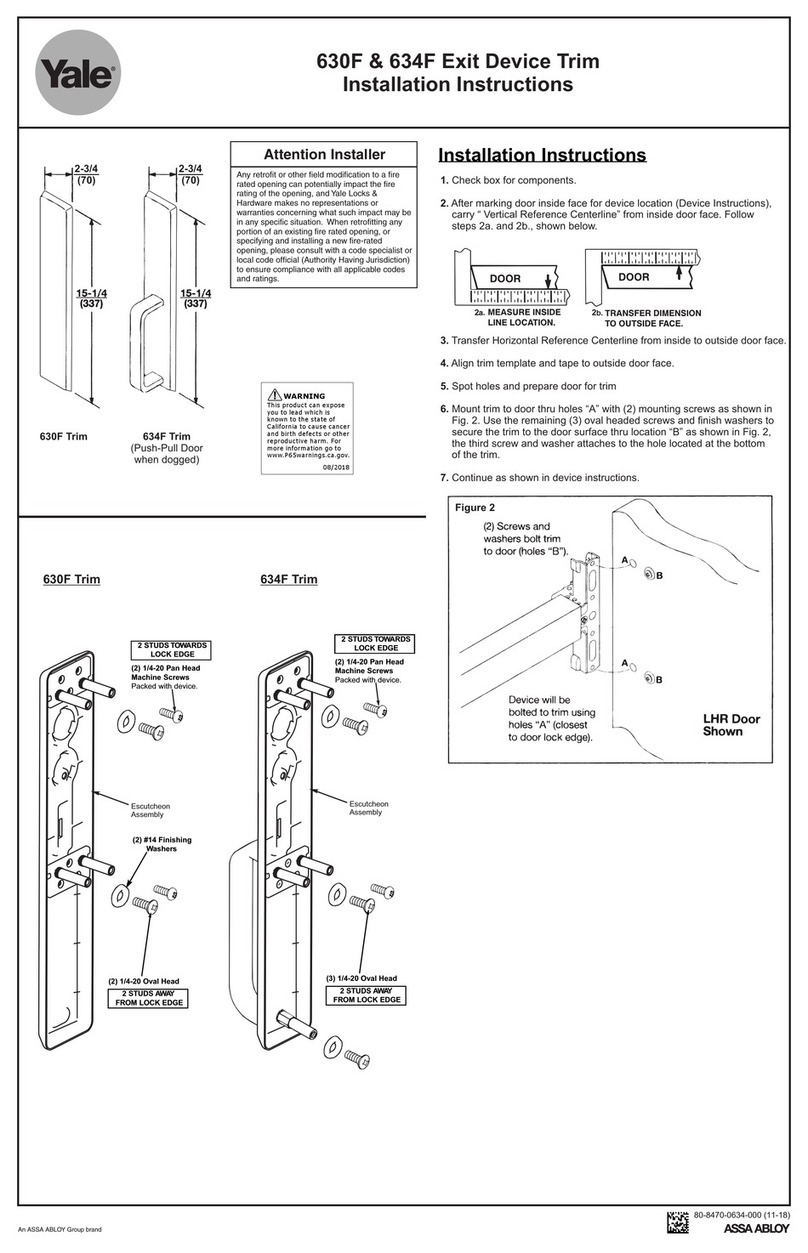
Yale
Yale 630F User manual

Yale
Yale 680F User manual

Yale
Yale Conexis L1 User manual

Yale
Yale YDM 3111 User manual

Yale
Yale AYRD110 Technical specifications

Yale
Yale YDR3110 User manual

Yale
Yale YDM4109 User manual

Yale
Yale 4600CL Series User manual
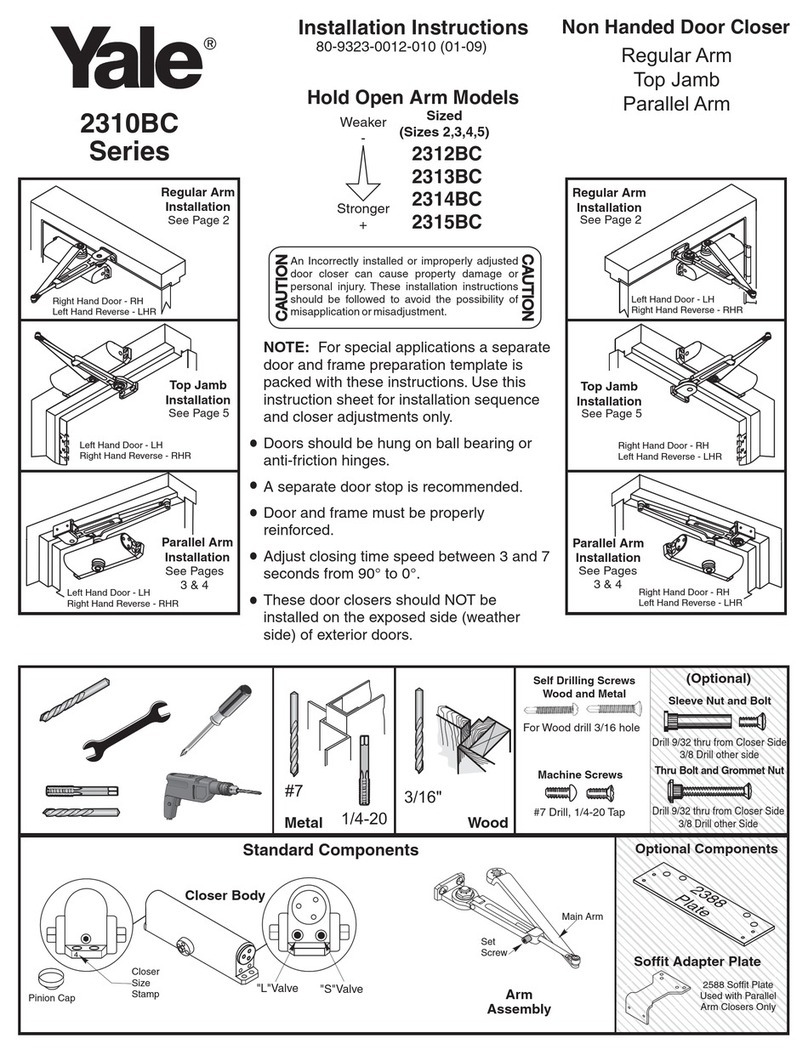
Yale
Yale 2310BC Series User manual

Yale
Yale YDR2105 User manual
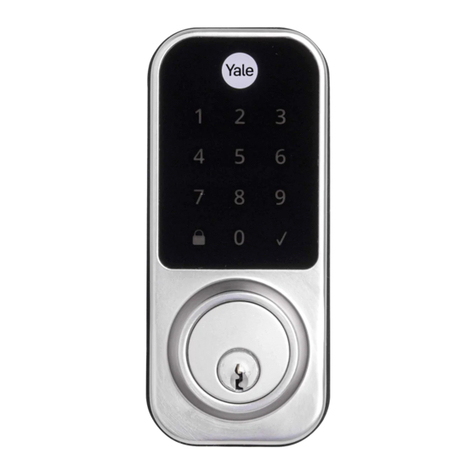
Yale
Yale YDD120 User manual

Yale
Yale Real Living YRD156 Technical specifications

Yale
Yale Real Living Technical specifications

Yale
Yale Doorman User manual
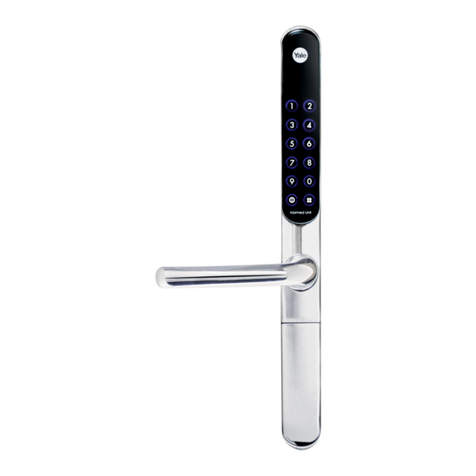
Yale
Yale Keyfree User manual
